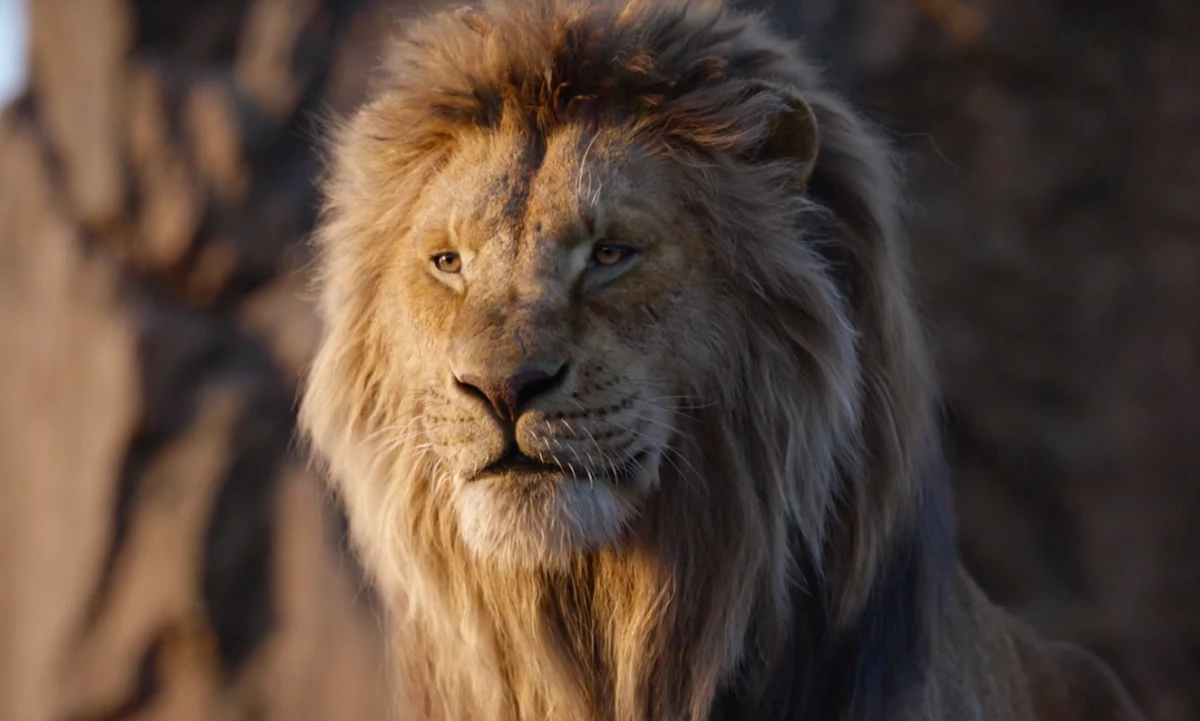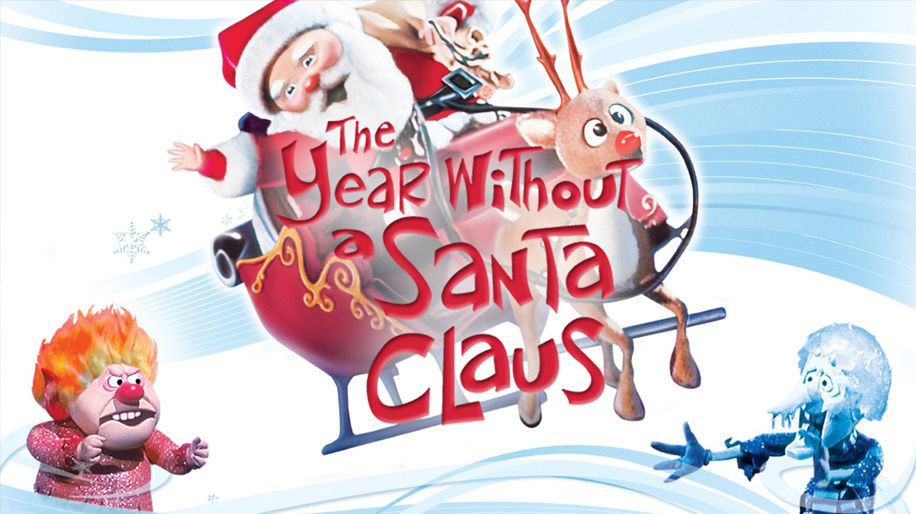 The poster for Joanna Hogg’s semi-autobiographical new film, The Souvenir, is like the photo on the box of a jigsaw puzzle; it shows the entire image when all the pieces are correctly assembled.
The poster for Joanna Hogg’s semi-autobiographical new film, The Souvenir, is like the photo on the box of a jigsaw puzzle; it shows the entire image when all the pieces are correctly assembled.
And suitably for this enigmatic film, it shows a couple—young film student, Julie (Honor Swinton-Byrne) and and her lover, Anthony (Tom Burke), where three-quarters of the image is a fuzzy reflection of the pair on a glassy surface, while their actual faces are cropped below his large eyes and just above her strong jaw.
Nowhere in the image is there a sign of anything that might be considered a souvenir. And this image or the scene vaguely depicted, is never seen in the movie. Perfect.
Putting together Hogg’s beautiful but frustrating film feels like assembling a compelling puzzle with missing pieces.
Part of this conundrum arises from Hogg’s elliptical storytelling style. Avoiding shopworn romantic tropes or perverting them, she presents Julie and Anthony’s developing relationship in meaningful scenes unsupported by connecting sinew. It’s a risky choice that works at times, emphasizing Julie’s ungrounded and naive understanding of herself, Anthony and the world; but at other times leaves questions of continuity for the viewer.
One wonders though since the movie is structured around Julie crafting a feature in film school if problems of continuity and cohesion aren’t emblematic of her developing mastery. That would certainly be the case given Hogg’s fascinating choice during production to supply a script to all actors but Swinton-Byrne. Instead, she was given Hogg’s diaries, photos, student films, etc. from Hogg’s film school days in the 1980s, which is when Souvenir is set. Swinton- Byrne, in turn, improvises throughout the film, bringing not incoherence to her role but a level of vulnerability and exposure.
The child of a protective and, at times, clueless mother, played by Swinton-Byrne’s own mother, Tilda Swinton, Julie is certainly a sympathetic character, but at times a maddeningly blind one. Since Hogg avoids any scenes where characters verbally express emotions or analyze their relationships, the meaning is pieced together from half-hints, suggestions, tone, and empathy.
The film practically requires multiple viewings to find all the pieces for assemblage. Which for some viewers will be a worthy endeavor, but only if they are willing to spend that much time with Anthony, a particularly unappealing character. His snobbery, pretensions, subterfuge, and inaccessibility combat whatever charm Julie finds in him.
Which, of course, rightly brings us back to Julie. Both defensive and mindless about her privilege, a repeated and developed theme in Hogg’s work, she is vulnerable to Anthony’s machinations, but she is so willing to overlook signals that for the viewer are glaring that I found my sympathy for her sorely tested. And I found the charms she saw in Anthony, little as they are and always literally paid for by her — a romantic trip to Venice, handmade dresses and gowns, meals at expensive restaurants — so suspect and thin that I couldn’t invest much in the two of them.
But that wasn’t necessary for me to be haunted by this film, both while watching it and afterward. Central to that appeal is Hogg’s vision, the incomplete complete picture. I keep coming back to a refrain in the film where an evocative image of a thin slice of ground, several earth-hugging trees, and a large frame of foggy sky, is accompanied by Julie’s voiceover. The language in these scenes is much more literary, more wise and insightful — is she reading from a book as she did earlier to Anthony?
This refrain is such a contrast that I wasn’t surprised that in the final moments of the movie, when Julie opens the tall doors of the sound stage where she has just finished shooting a scene of her student film, the only time in the student film sequences where she actually seems engaged and in control, that the image outside the sound stage, in the real world, is the low horizon, sky-filled landscape of the refrain.
It’s an image equally emblematic of this film as the poster, but it speaks to both the larger world and to Julie’s maturing self-awareness. It’s one of the puzzle pieces that snap together with others, forming an imperfect picture.

Movie
‘Mufasa: The Lion King’ Will Leave You Breathless

“Mufasa: The Lion King” is a visually stunning addition to the beloved Lion King franchise, offering a fresh and emotionally resonant take on the origins of one of Disney’s most iconic characters. The film beautifully explores Mufasa’s journey, balancing heartfelt moments with touches of comedy that lighten the mood and make the story accessible to audiences of all ages. The animation is breathtaking, capturing the vibrant landscapes and lush environments of the Pride Lands, adding depth to Mufasa’s character and his relationships.
The storytelling is compelling, effectively pulling at the heartstrings while providing insights into Mufasa’s character before he becomes the legendary king. However, the setup for Scar’s betrayal feels somewhat underdeveloped, lacking the deeper motivation that could have enriched their complex brotherly relationship. This missed opportunity leaves a slight gap in understanding Scar’s actions, which could have elevated the dramatic stakes.
The musical score is impressive, featuring memorable songs that enhance the emotional impact of pivotal scenes. While there are several standout tracks, one song, in particular, resonates deeply and is sure to linger in viewers’ minds long after the credits roll. Overall, “Mufasa: The Lion King” is an amazing film and a worthy addition to the Lion King lore that manages to deliver both laughter and tears, offering a rich tapestry of storytelling that fans will appreciate.
Movie
Is ‘Kraven the Hunter’ a Total Letdown?

“Kraven the Hunter,” directed by J.C. Chandor, aims to introduce a beloved Spider-Man villain to the big screen, but unfortunately, it falls short of expectations. The film suffers from noticeable issues, notably an overuse of ADR (Automated Dialogue Replacement), which detracts from the authenticity of the characters’ interactions and contributes to an uneven audio experience. This technical flaw is compounded by rough storytelling that feels disjointed and lacking in coherence, leaving viewers struggling to connect with the narrative.
Aaron Taylor-Johnson delivers a commendable performance as Kraven, showcasing the character’s gritty nature and complex motivations. His portrayal has potential, and it’s evident that he could elevate the character far beyond what is presented with a stronger script and direction. However, the absence of Spider-Man, a central figure in Kraven’s lore, leaves a void that the film struggles to fill. Without this critical connection, the plot meanders and fails to create the tension or stakes that fans of the superhero genre crave.
Additionally, including Rhino as a villain feels like a missed opportunity; he is presented more as a gag character with limited screen time, undermining any sense of threat or depth. For the average moviegoer, “Kraven the Hunter” might entertain but ultimately feels like a mediocre viewing experience. Comic book fans, however, may find disappointment in this lackluster attempt to create a solo character film. Instead of an exhilarating dive into Kraven’s world, the film presents a watered-down version, leaving audiences wishing for a more cohesive vision that honors its comic book roots.
Movie
A Brief Review and History of A Year Without a Santa Claus

A Year Without a Santa Claus, the 1974 stop-motion holiday classic produced by Rankin/Bass, is a heartwarming and whimsical tale that has cemented its place in holiday traditions. Based on Phyllis McGinley’s 1956 book, the story revolves around a disheartened Santa Claus who, feeling unappreciated, decides to take a year off from his Christmas duties. It’s up to Mrs. Claus and a pair of well-meaning elves, Jingle and Jangle, to reignite the Christmas spirit and show Santa the world’s unwavering belief in him.
The movie is beloved for its unforgettable characters, especially the bickering Miser Brothers, Snow Miser and Heat Miser. Their catchy, vaudeville-style musical numbers, “Snow Miser Song” and “Heat Miser Song”, are so iconic they’ve become cultural touchstones, often parodied and celebrated decades later.
Directed by Arthur Rankin Jr. and Jules Bass, the film continues the duo’s tradition of stop-motion magic, blending heartfelt storytelling with quirky humor. The voice cast, featuring Mickey Rooney as Santa and Shirley Booth as Mrs. Claus, delivers standout performances. Booth’s warm narration was her final acting role before retirement, adding a layer of poignancy to the film.
Initially released on December 10, 1974, on ABC, the special didn’t immediately achieve the legendary status of Rudolph the Red-Nosed Reindeer. However, it gained a dedicated following through annual holiday airings, nostalgic appeal, and its distinct charm.
The film’s themes of hope, unity, and rekindling joy remain timeless, making it a perennial favorite for audiences of all ages. Its blend of humor, catchy songs, and a touching message about believing in magic and goodwill ensures its enduring legacy during the holiday season.
For fans of holiday classics, A Year Without a Santa Claus is a must-watch that never fails to warm hearts and spread cheer.

